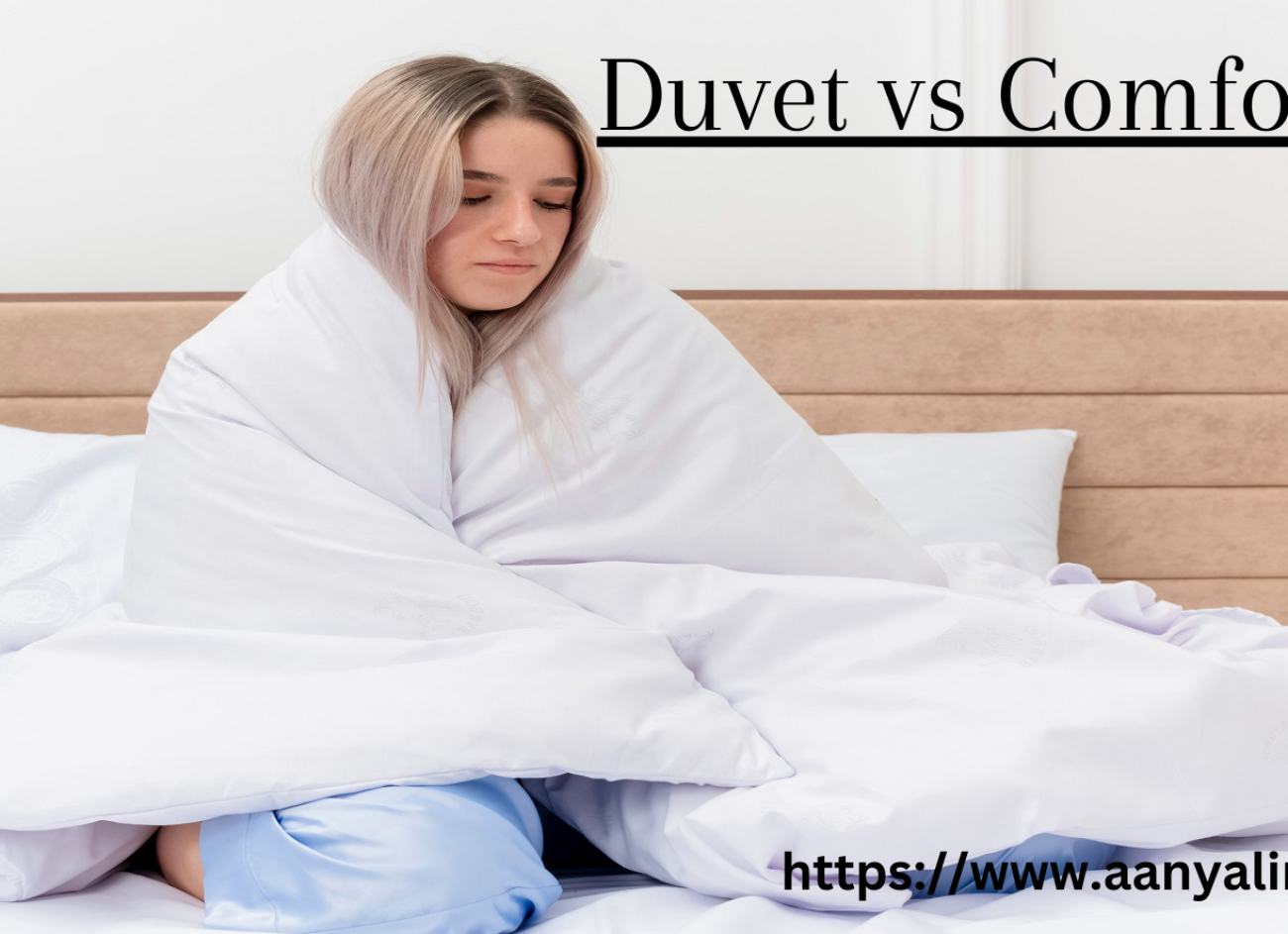Currently Empty: ₹0.00
0 Comments
What is Thread Count in Bed Sheets
What is the Thread Count in the Bedsheet? What is thread ...
Read More




